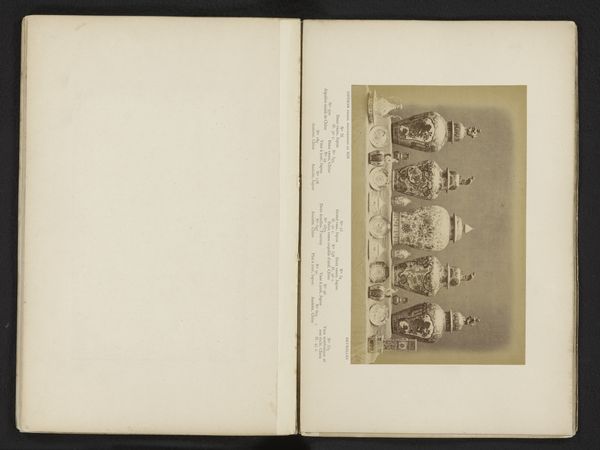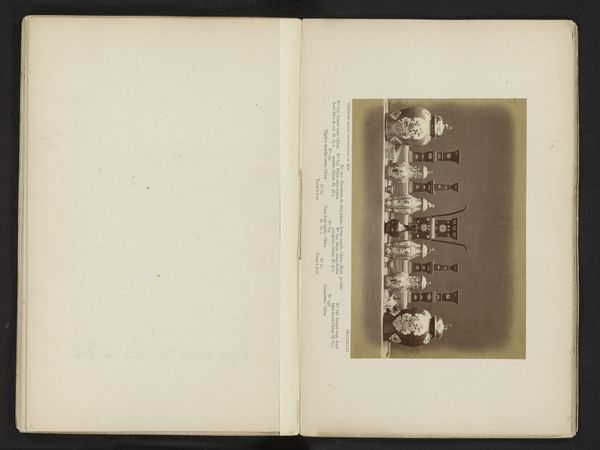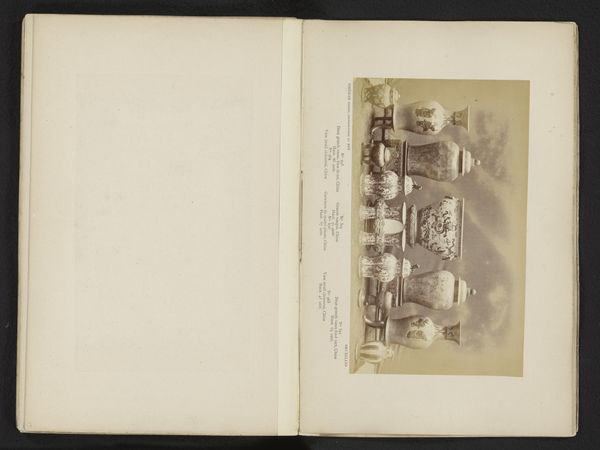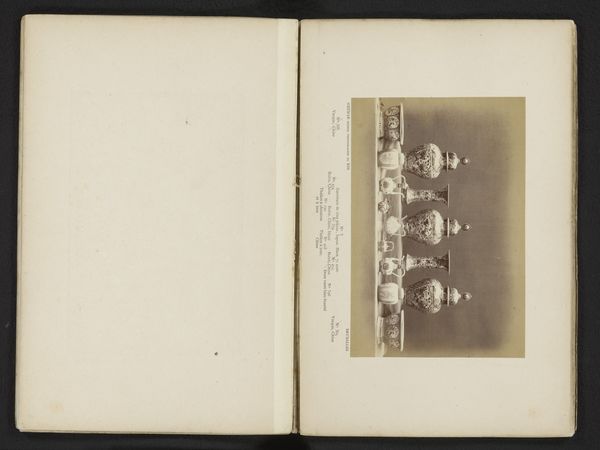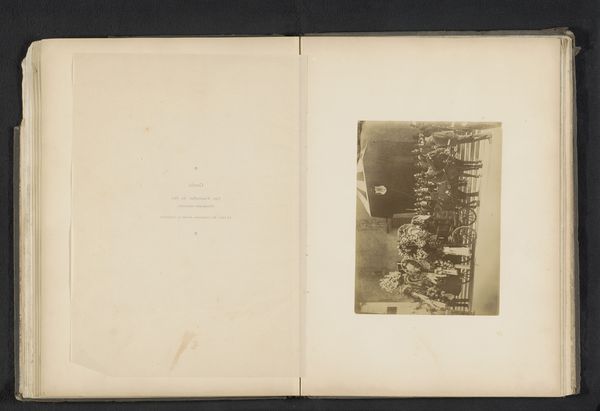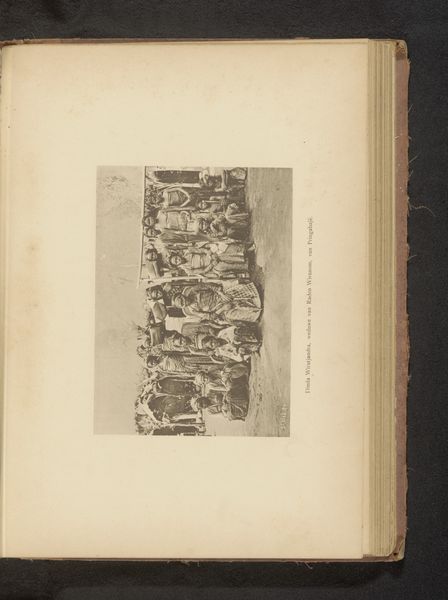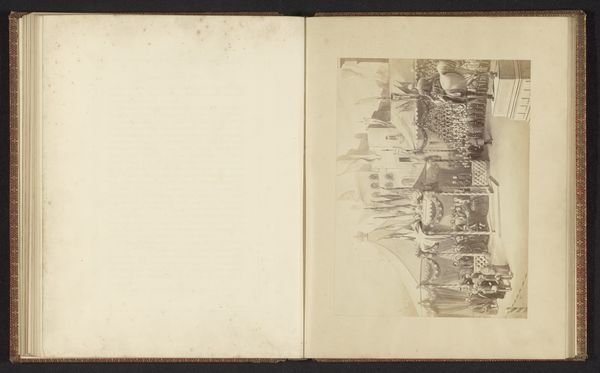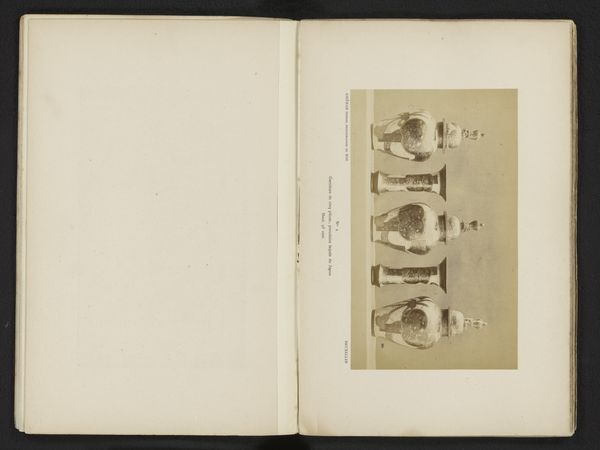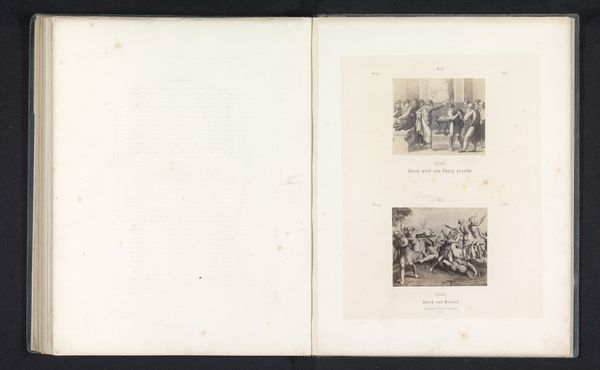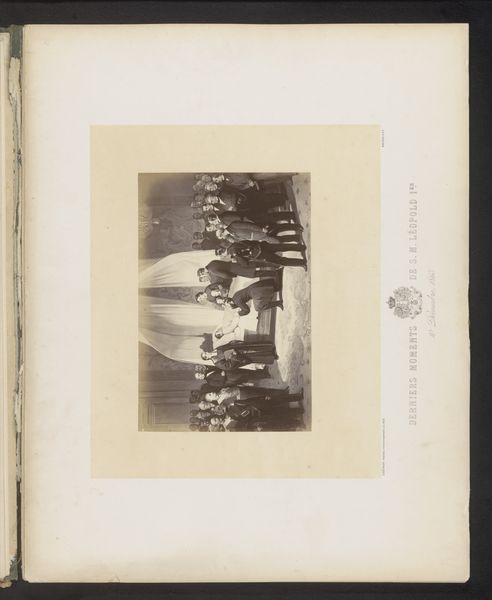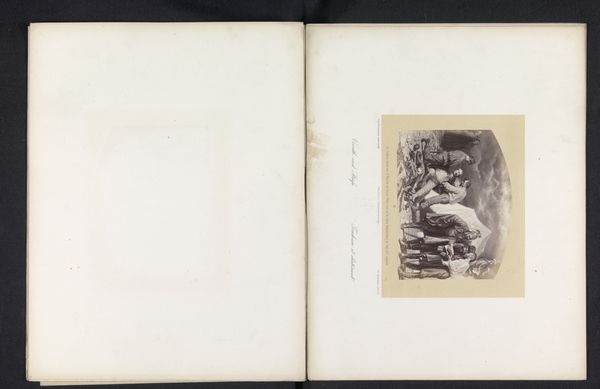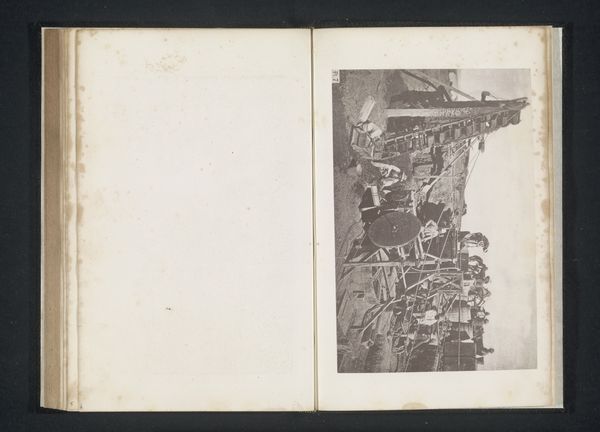
print, photography
#
aged paper
#
homemade paper
#
paper non-digital material
#
ink paper printed
# print
#
asian-art
#
sketch book
#
hand drawn type
#
vase
#
paper texture
#
photography
#
personal sketchbook
#
sketchbook drawing
#
sketchbook art
Dimensions: height 123 mm, width 192 mm
Copyright: Rijks Museum: Open Domain
Curator: Before us, we have a fascinating print from before 1875, held at the Rijksmuseum. It’s entitled “Zestien objecten, waaronder Chinese en Japanse vazen,” or Sixteen Objects, including Chinese and Japanese Vases. The image is credited to Ghémar Frères. Editor: My first impression is one of serene formality. The sepia tone lends an antique feel, and the vases themselves exude an air of refined tradition. Their shapes seem almost like hieroglyphs, each curve pregnant with cultural meaning. Curator: Precisely. It’s vital to understand that during this period, these objects weren’t simply decorative. They were potent signifiers of status, global trade networks, and, problematically, colonial power. These vases, likely acquired through complex economic and political exchanges, represent a moment of intense cultural encounter. Editor: The arrangements themselves could be seen as deliberate compositions that reinforce particular values. Consider the symbolism inherent in each motif, perhaps referencing stories, proverbs, or natural elements of Eastern art? The forms resonate across time and place, even for modern audiences. Curator: Absolutely. But the act of photographing them, collecting them in a Western institution, frames them within a very specific power dynamic. Who gets to curate, who gets to interpret, and whose narratives are prioritized becomes the central question. What cultural assumptions do we, even now, bring to this display of Eastern artifacts? Editor: It seems more intimate knowing this image exists within the pages of a sketchbook, and seeing them grouped like this offers a chance to really contemplate form. The progression from one to the next encourages us to make comparisons based on color and proportion. The sketchbook creates the idea of a more personal context. Curator: Indeed. To engage with this artwork means grappling with its complex history—recognizing the power imbalances inherent in its creation, collection, and display, and interrogating our own assumptions and biases. Only then can we begin to appreciate its beauty while acknowledging its problematic past. Editor: For me, observing how artisans rendered familiar flora, fauna and geometric patterns gives me much to consider. These vases still function as time capsules, regardless of how they came into someone’s possession. I hope audiences remember how the enduring language of symbols allows cultures to echo one another over time.
Comments
No comments
Be the first to comment and join the conversation on the ultimate creative platform.
